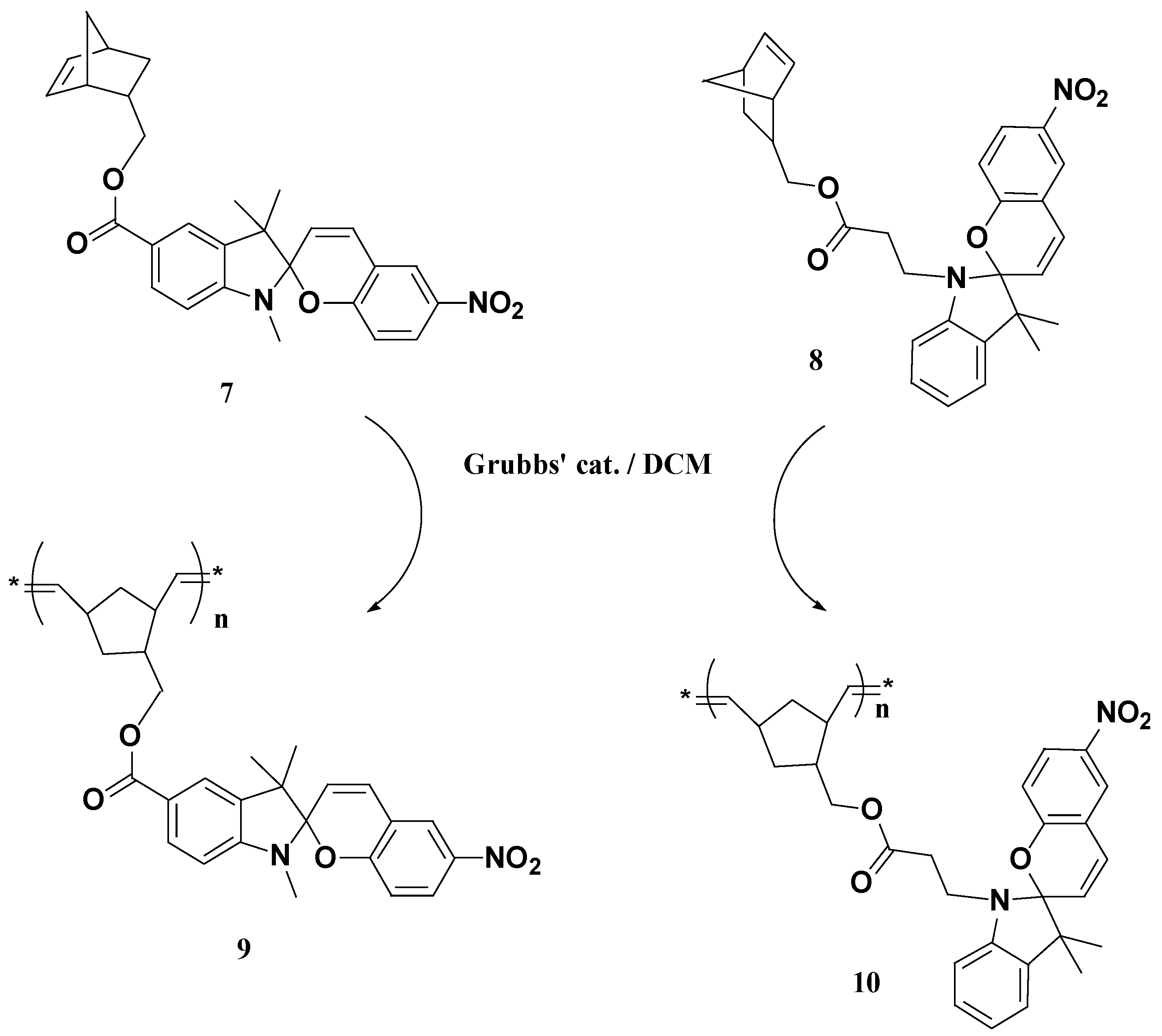


Ordered organic materials and assemblies have great potential to be tailored to have desirable properties for optoelectronic applications, such as long exciton lifetime and high directional exciton mobility. The outcome of this research is the demonstration of a feasible pathway for solar-driven carbon fixation. Most importantly, the immobilized enzyme utilizes the reduced coenzyme to generate formic acid selectively from CO 2 at a high turnover frequency of about 865 h -1 in 24 h. The electron-mediator Cp*Rh(2,2'-bipyridyl-5,5'-dicarboxylic acid)Cl was anchored to the nodes of the metal–organic framework NU-1006 to facilitate ultrafast photo-induced electron more » transfer when irradiated, leading to the reduction of the coenzyme nicotinamide adenine dinucleotide at a rate of about 28 mM Herein, a semi-artificial system-containing an immobilized enzyme, formate dehydrogenase, in a light harvesting scaffold-is reported for the conversion of CO 2 to formic acid using white light. Active synthetic supports, coupled to encapsulated enzymes, can enable efficient cascade reactions which are necessary for processes like light-driven CO 2 reduction, providing a promising pathway for alternative energy generation. Protection of enzymes with synthetic materials is a viable strategy to stabilize, and hence to retain, the reactivity of these highly active biomolecules in non-native environments. The work reported suggests strategies to create soft active matter with molecularly encoded capacity to perform complex tasks. Using finite element analysis and molecular calculations, we conclude polymer chain confinement and mechanical reinforcement by rigid supramolecular nanofibers are responsible for the anisotropic actuation. We identify two critical factors for the anisotropic actuation, macroscopic alignment of the supramolecular more » scaffold and its covalent bonding to polymer chains. The hierarchically ordered tube exhibits reversible anisotropic actuation with changes in temperature, with much greater contraction perpendicular to the direction of nanofiber alignment. The tube is built from a hydrogel in which extremely long supramolecular nanofibers are aligned using weak shear forces, followed by radial growth of thermoresponsive polymers from their surfaces. Here we report on the bottom-up design of macroscopic tubes that exhibit anisotropic actuation driven by a thermal stimulus.
#Sumaru spirobenzopyran how to
Skeletal muscle provides inspiration on how to achieve reversible, macroscopic, anisotropic motion in soft materials. Our work suggests that hybrid bonding polymers, which integrate supramolecular assemblies and covalent networks, offer strategies for bottom-up design of soft matter that mimics living organisms. more » The noncovalent skeleton embedded in the network thus enables faster bending and flattening actuation of objects, as well as longer steps during the light-driven crawling motion of macroscopic films. The supramolecular polymers form a reversibly deformable and water-draining skeleton that mechanically reinforces the hybrid and can also be aligned by printing methods. In this work, we describe hybrid light-responsive soft materials composed of peptide amphiphile supramolecular polymers chemically bonded to spiropyran-based networks that expel water in response to visible light. In living systems the integration of supramolecular structures and covalent polymers contributes to the responsive behavior of membranes, muscles, and tendons, among others. The development of synthetic structures that mimic mechanical actuation in living matter such as autonomous translation and shape changes remains a grand challenge for materials science.


 0 kommentar(er)
0 kommentar(er)
